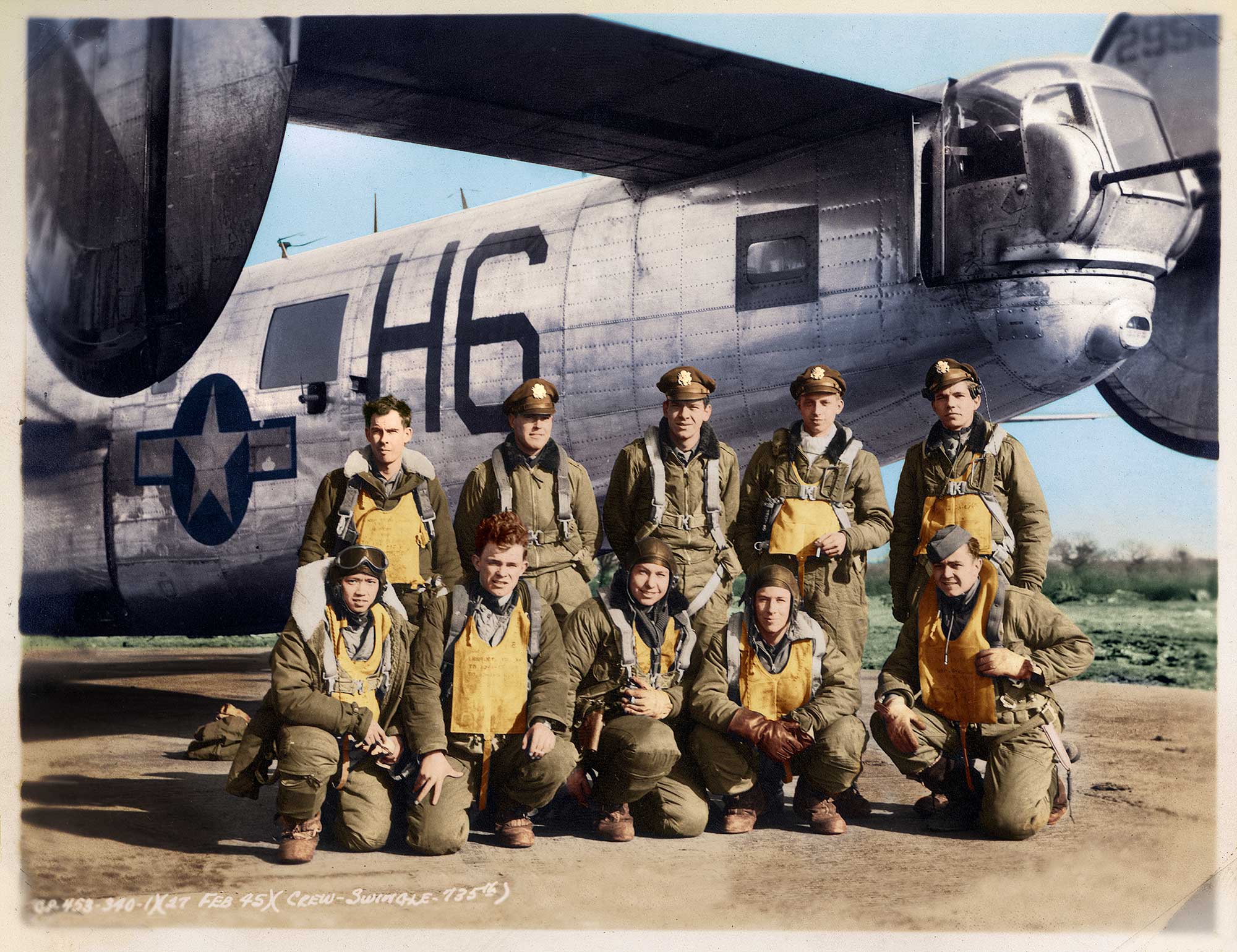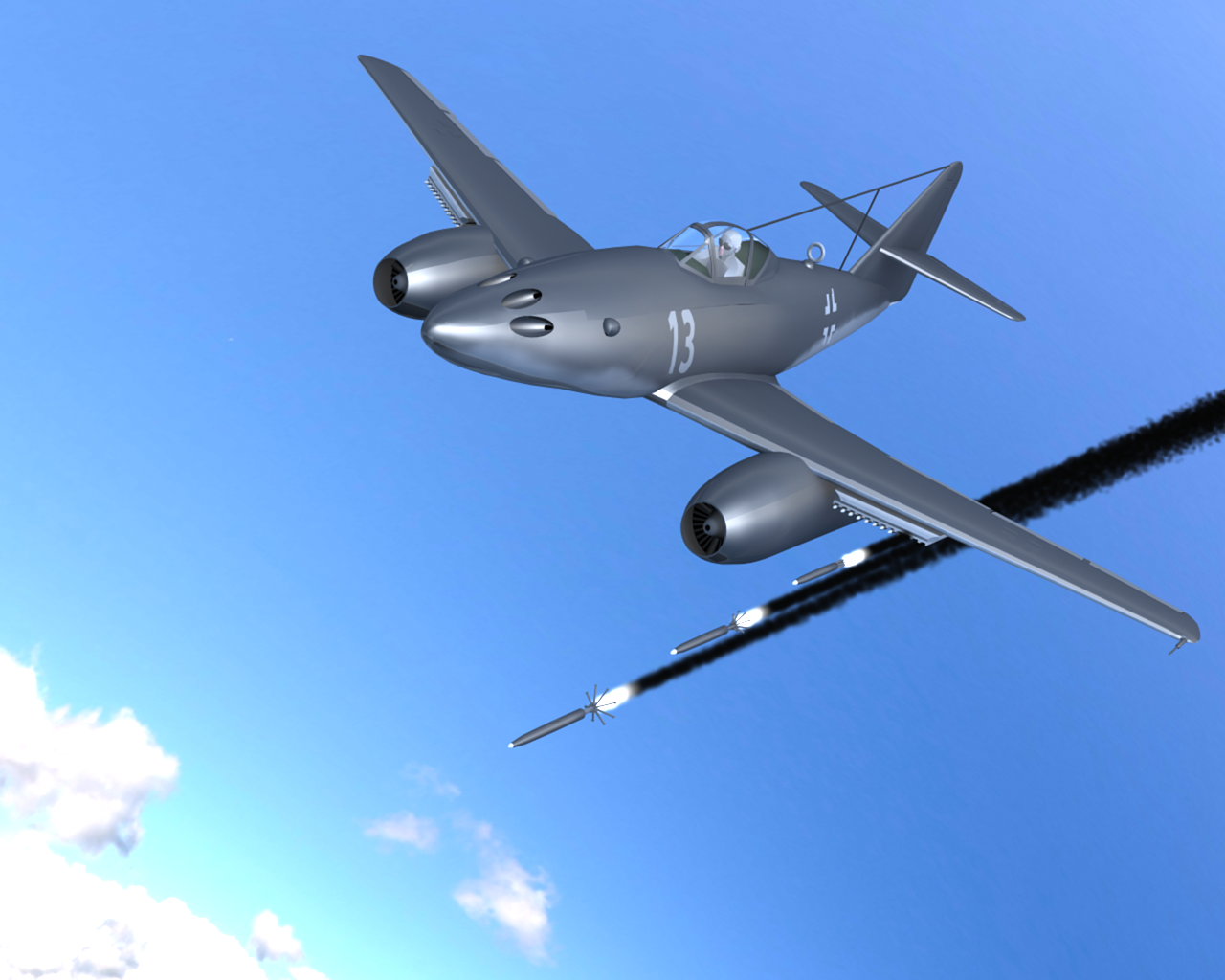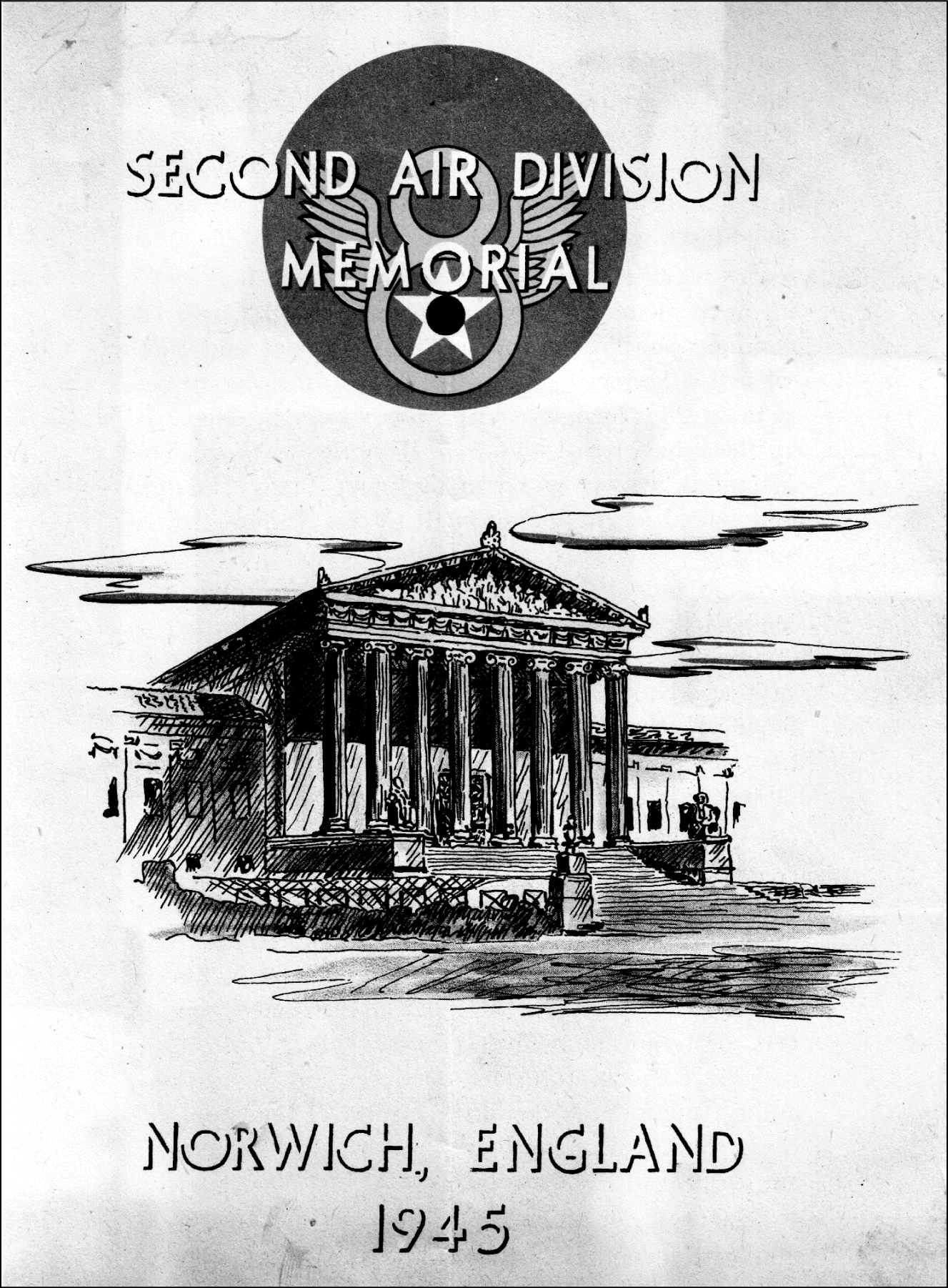Defeat of Nazi Germany

When S.Sgt. Chester Fong and his eight fellow crewmates climbed aboard their B-24 Liberator heavy bomber on their first combat mission on January 16, 1945, it was evident that Germany had lost the war. It was only a matter of time before the actual surrender took place in May 1945. Fong’s account of the events that took place during the last six months of the war in Europe is not only informative but truly fascinating. He provides an intimate look at the air operational procedures that are necessary for a successful mission. How important it is to keep each bomber in a tight flight formation within the squadron for defense against enemy fighters. The role of P-51 Mustang fighter escorts in protecting their “Big Brothers” was an essential factor for success. Bomber formations must not only survive the intense barrage of enemy anti-aircraft fire but also ferocious attacks by Messerschmitt Me 104 and Focke-Wulf Fw 109 interceptors.
The book begins with Chester leaving home to war and enlisting in the Army. After a stint at Camp Wolters for initial training to become a soldier, termed boot camp, he gets assigned as a tail-gunner on a B-24 Liberator. He then meets his fellow crewmates, as they train together to work as a team to operate efficiently as a bomber crew. In December 1944, they boarded the Queen Mary in New York. After a lengthy trans-Atlantic journey, they arrive at their assigned home base, Old Buckenham Airfield, in southeastern England.
On December 16, 1944 Hitler launched the Ardennes counteroffensive operation in Belgium in a desperate attempt to stem the tide of the Allied advance into Germany. It failed miserably. The disastrous outcome of what was to become known as the Battle of the Bulge was the last major German offensive on the western front. Fong describes how this one battle shaped the beginning of the end of Germany’s defeat.
The following chapters of the book describe how each of Fong’s twenty-two combat missions played such an important role in winning the war in Europe. The final strategic Allied bombing campaigns against Germany’s oil industry and transportation infrastructure were pivotal in preventing the Wehrmacht’s ability to continue the war. Establishment of an overall plan, known as the Casablanca Directive, to bomb Germany into submission was implemented in early 1943. The astounding success of the results of these air campaigns led to the destruction of Hitler’s Third Reich.
However, victory in Europe was not accomplished by Allied air forces alone, but in conjunction with the Allied navy and ground forces. In fact, a major determinant of air force operations was dictated by the major battles that were occurring on the ground. The Russian winter offensive in January 1945 and Allied ground forces advance into the Rhineland in March-April both shaped the air activities of the American and British RAF air forces. Consequently, a significant portion of the book is devoted to the major ground battles and how these directly affected the strategic bombing campaigns of the Allied air forces.
The Luftwaffe was defeated in the spring of 1944, and the Allied air forces subsequently encountered feeble resistance from the German air force. However, in March 1945, the Luftwaffe began a determined resurgence of attacks against Allied bombers.

An advanced interceptor designated as the Messerschmitt Me 262 jet fighter was sent to attack the bomber streams. It was the first jet aircraft ever employed in combat. With its high-speed capabilities and sleek aerodynamic design, the Me 262 outclassed any piston-driven fighter of the war. Armed with four 30 mm cannons and a newly designed air-to-air missile system, the R4M rocket, the Me 262 proved exceptionally deadly to Allied heavy bombers. Although only limited numbers of enemy jets were used against the Allied air forces, the new jet fighter became a serious threat to the ongoing bombing campaigns. Fong documents how the devastating attacks by the Me 262 on the heavy bombers of the US Eighth Air Force caused quite a stir on its commanders. It was only through the adept and forceful efforts initiated by Gen. James Doolittle, commander of the Eighth Air Force, that a potential disaster was averted. It was fortunate for all the air crews that the Me 262 appeared too late in the war to make much of an impact on their bombing operations. If such a formidable enemy fighter had appeared earlier in the war in sufficient numbers, it might have changed the course of the air war over Germany.
The book ends with S/Sgt. Chester Fong returning home from the war, and reflecting on how Germany’s industrial base sustaining the war effort was totally destroyed. Along with the other groups in the Second Air Division, the 453rd Bomb Group’s extensive bombing raids contributed much to this effort. He comes to the realization that victory in Europe came at a very high price in the numbers of air service members who made the ultimate sacrifice. 